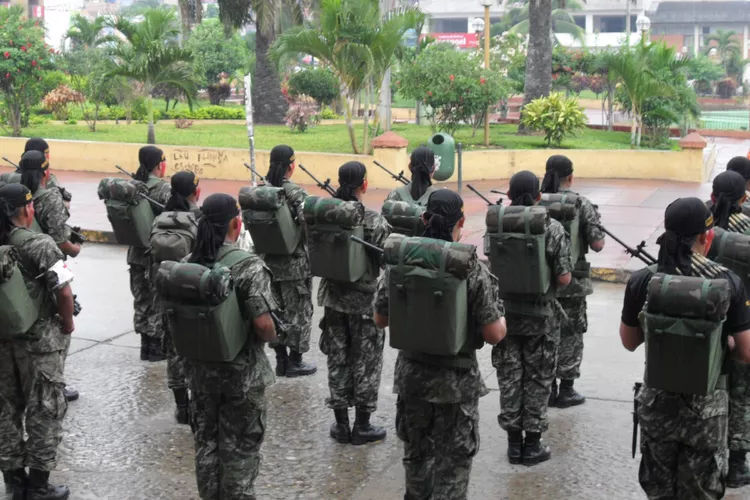1. Summary
This article explores the history, etiquette, and lyrics of the Himno Nacional del Perú, Peru’s National Anthem. Learn how and when Peruvians sing their anthem, and understand its significance in the country’s culture.
History, Lyrics and Anthem Etiquette of the Himno Nacional del Perú
The history of the National Anthem of Peru dates back to 1821, just a month after Peru proclaimed its independence. In August of that monumental year, the great liberator General José de San Martín arranged a public contest to find an official national anthem for the newly independent nation.
San Martin and his anthem selection commission heard seven compositions but were unequivocal in their final choice. The new Himno Nacional del Perú, otherwise known as the Marcha Nacional del Perú (National March), was penned by Peruvian composer José Bernardo Alcedo, with lyrics by José de la Torre Ugarte.
2. How and When Do Peruvians Sing Their National Anthem?
It’s quite common to hear the national anthem as you travel through Peru. Little school kids belt it out with gusto in the early morning; soccer fans sing it passionately before the national team plays at the Estadio Nacional; and it resonates from military parades, such as those during the Fiestas Patrias in celebration of Peru’s Independence Day.
Anthem etiquette is fairly straightforward. Peruvians place their right hand over their heart while singing, especially during more formal or somber occasions. During military recitals, it’s customary for someone to shout “Viva el Perú!” at the end of the anthem, to which the entire assembly replies “Viva!”
As a foreign tourist, joining in with the singing or the associated actions is not necessary but can be appreciated if you choose to participate.
3. Peruvian National Anthem Lyrics
The exact lyrics of the Peruvian National Anthem have undergone revisions and alterations over the years. However, these changes have often sparked public outcries, forcing a return to the original lyrics.
In 2005, the Peruvian Constitutional Tribunal declared that the first verse of the anthem was not actually written by José de la Torre Ugarte. Nonetheless, considering the will of the public and Law N. 1801 of 1913—which declared the anthem as official and intangible—the Tribunal decided to leave the first verse intact.
This first verse has remained a controversial stanza. The disheartening lyrics—that depict an oppressed, condemned, and humiliated Peru—have faced criticism for being excessively negative. Julio César Rivera, a retired government auditor, has campaigned for years to rewrite the lyrics to the traditional tune (see additional coverage in intended external sources).
While Rivera has yet to succeed, the Peruvian Government has officially acknowledged the overly downbeat nature of the first verse. In 2009, the Peruvian Ministry of Defense announced that the armed forces would sing the more upbeat sixth verse instead of the first.
The Peruvian National Anthem consists of a chorus and six verses. Generally, however, the anthem is performed with the chorus, one verse, and then a repeat of the chorus. You can find recordings of the anthem online.
While many Peruvians still express a preference for the first verse, the sixth verse is now the officially sung stanza:
4. Himno Nacional del Perú / National Anthem of Peru
| Chorus (Spanish) | Chorus (English) |
| Somos libres seámoslo siempre, seámoslo siempre y antes niegue sus luces sus luces, sus luces el Sol! Que faltemos al voto solemne que la patria al Eterno elevó, Que faltemos al voto solemne que la patria al Eterno elevó. Que faltemos al voto solemne que la patria al Eterno elevó. |
We are free May we always be so, may we always be so and let the lights be denied before the lights, the lights…of the sun! Before we break the solemn vow which the fatherland elevated to the Eternal, Before we break the solemn vow which the fatherland elevated to the Eternal, Before we break the solemn vow which the fatherland elevated to the Eternal. |
| Verse I (the former official verse) | Verse I (the former official verse) |
| Largo tiempo el peruano oprimido la ominosa cadena arrastró condenado a una cruel servidumbre largo tiempo, largo tiempo, largo tiempo en silencio gimió. Mas apenas el grito sagrado ¡Libertad! en sus costas se oyó la indolencia del esclavo sacude la humillada, la humillada, la humillada cerviz levantó, la humillada cerviz levantó, cerviz levantó… |
For a long time the oppressed Peruvian the ominous chain he dragged Condemned to a cruel servitude for a long time, for a long time for a long time he quietly whimpered But as soon as the sacred cry Freedom! in its coasts was heard the slaves’ indolence shakes the humiliated, the humiliated, the humiliated neck raised up, the humiliated neck raised up, neck raised up… |
| Verse VI (current official verse) | Verse VI (current official verse) |
| En su cima los Andes sostengan la bandera o pendón bicolor, que a los siglos anuncie el esfuerzo que ser libres, que ser libres que ser libres por siempre nos dio. A su sombra vivamos tranquilos, y al nacer por sus cumbres el sol, renovemos el gran juramento que rendimos, que rendimos que rendimos al Dios de Jacob, que rendimos al Dios de Jacob, al Dios del Jacob…. |
On its summits may the Andes sustain the two-color flag or standard, may it announce to the centuries the effort that being free, that being free that being free gave us forever. Under its shadow may we live calmly and, at birth of the sun in its summits, may we all renew the great oath that we surrendered, that we surrendered that we surrendered to the God of Jacob, that we surrendered to the God of Jacob, the God of Jacob…. |





